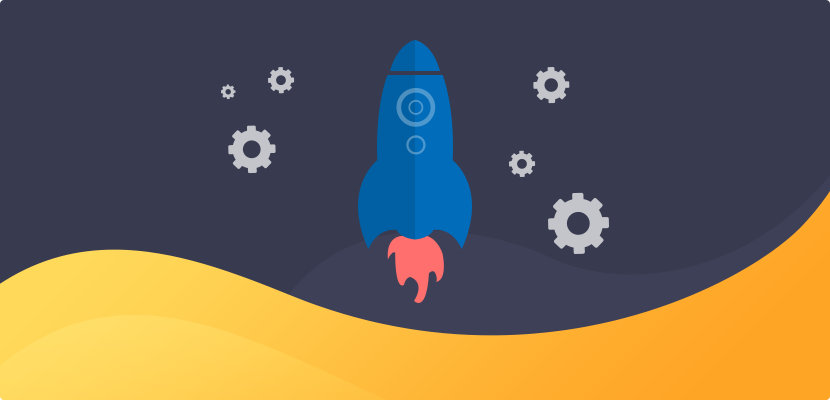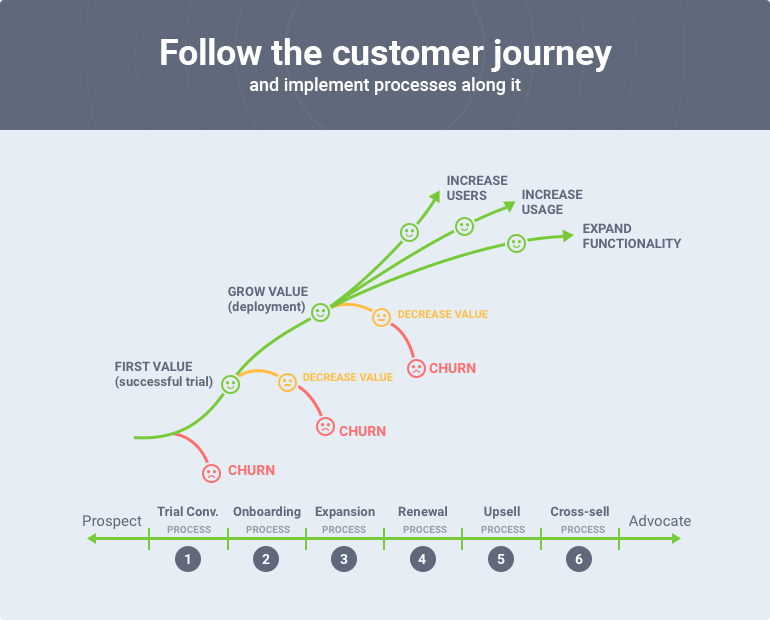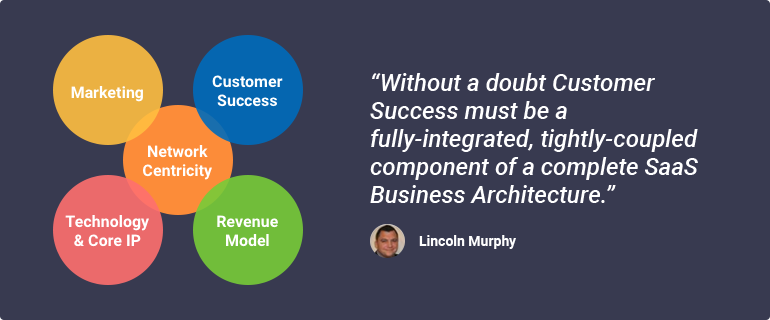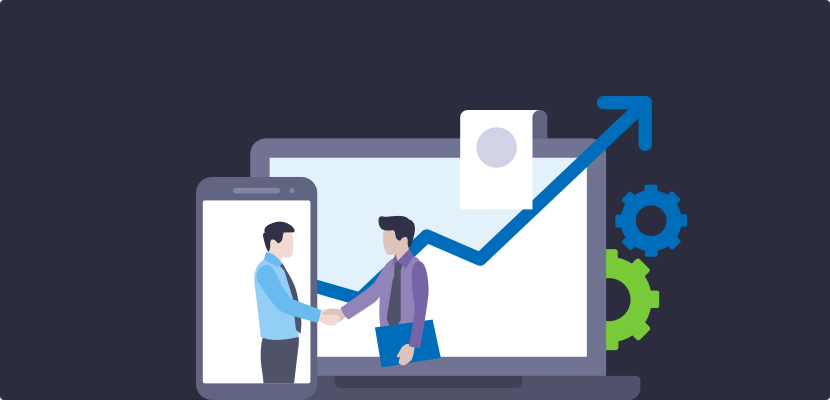
Customer service is, and has always been one of the most important facets of businesses – especially for SaaS start ups who offer subscription-based services. It is that one distinguishing factor that helps companies retain customers for the long-term and beat churn, resulting in a profitable business model.
SaaS companies have come to realise the importance of customer service increasingly over the past years, and are developing new ways to connect with and help their customers better. Customer Success is another term we hear thrown around increasingly by startup founders. In fact, ensuring customer success in their SaaS start-ups is now the number one priority for most founders.
So what is customer success? And why is it so important that you see it as a priority in every company’s business plan?
What is Customer Success?
To understand customer success – we must first understand the significance of customer experience. Customer experience or CX encompasses each and every interaction that the customer has with your company. With an abundance of products and service providers in almost every SaaS niche, a rich CX is what makes companies profitable and stand out from others.
In fact, 86% of buyers will pay more for a product or service if they receive a better customer experience.
As we’ve already discussed before – a great customer experience reduces churn, keeps the customers coming back (to allow more upsells), and brings in more referral business to your organization.
Customer Success essentially revolves around this. Customer Success in SaaS means making sure that customers achieve the “desired outcome” that your product promises. This is achieved via interactions with your product and your company.
So how is customer service different? Customer service usually involves the customers facing an issue and raising a ticket with your team to solve it.
In this way, customer success can be seen as a highly “proactive” customer service. It is about optimizing the customer experience in a way that the customer experience is of the highest quality, and the desired outcome is reached easily.
It encompasses all the departments of your organization, (including high-quality customer service), and begins right from the moment the customers first engage with your product to the time they become happy users (and promoters) of it.
How to Implement Customer Success in your SaaS
Typically, customer success should be practised along every step of the customer journey with processes designed for the same.

With these steps, the customer success pipeline in SaaS start-ups usually looks like this

Let us discuss each of these processes in detail. What is important to understand is that each of this processes has to be measured, monitored and optimised constantly as KPIs for customer success.
1. Marketing and Pre Sales
Customer success, marketing and sales form a triangle which needs to be in alignment. For achieving the “desired outcome”, your marketing teams have to make sure that the people who they target are the right people, that is, people who would really need what you offer (although this is what good marketers do). Identify the people who would be best suited for your product and market it to them.
The next part is explaining what you offer. You must ensure that your marketing team is not promising something you cannot deliver. Setting up the correct expectations is a crucial part of customer success as false expectations lead to customer dissatisfaction. If this happens, no matter how good your product/service is, customers will churn.
Once sales have them, they need to vet the prospects to make sure that they are a “good fit” for your customer persona. It is best to only pick and convert those prospects who will fit into your organization well and be long-term users.
For ensuring this happens as a process, you can define certain customer success criteria, parameters related to prospects which make a customer a success (/not) for your organization. The sales team must check and measure these parameters for prospects.
Once the sales team converts them, another important process to be monitored is “handoffs” - that is, passing it on to further teams. Being the all-around process that it is, customer success dictates that the complete information that has been discovered about the customer should be passed on to other teams. This needs to be practised diligently so you do not end up asking customers the same questions over and over again.
KPIs/Measurements to monitor:
- Total Prospects/Good Fit Ratio
- Churn at end of first cycle/Successful Prospect Conversions
2. Immediately After Sign up (Onboarding, Delivering Value)
Onboarding is the first time the user will engage with your product and your product “experience”. Hence you should aim at providing the promised value to the customer in the shortest time possible.
Your activation funnel, that is the sequence of actions and steps the user has to take to become an active user, should be self-explanatory and intuitive for the user.
If the funnel is too complex, or the process too long, users will abandon ship, and even successful signups will end up returning no value. Hence, you need to analyse and optimize your onboarding experience.
KPIs and Parameters to track:
- a) Core Tasks Completion Rate: What are the core tasks in your activation funnel? What bare minimum does the user have to do to achieve the desired value? Analyse and monitor these to see how many users are completing all and where users may be dropping off. In case of drop-offs, you should aim to make the tasks and experience more intuitive. You can also use activation emails to get users back on track in their activation funnels.
- b) Session Lengths: Once you have defined the session length for the average user to complete the onboarding experience, monitor these for your new users. They can provide crucial feedback about your onboarding process. For eg. If the average session length for completion is 15 minutes, and most of your users are dropping out at 3 minutes, you need to optimize your funnel.
- c) Returning Sessions: After successful onboarding, how many users return to become active users? If users are completing the onboarding but not returning, there might be something wrong with your messaging. You can use activation emails here to get them back.
3. Expansion: Upgrades and Upsells
If the promised result is of value to the customer and is actually achieved by them, customer satisfaction will be high and they will be more than happy to pay. The parameters to measure this:
Trial to Paid Version Conversions: How much % of your free trial users actually end up signing in for the paid version? If the number does not look good, there could be the following problems:
- The customer is not seeing value in the problem you’re solving, the result promised was not delivered
- You’re bringing in the wrong customers to try your product
- Onboarding Experience is poor
- Your Product is priced too high
- The payment process is turning users off
Once customers are paying users of your product, you can determine engagement parameters based on the product and their interactions with it to define whether they would be interested in using more functionality. When users properly engage with your product regularly and understand the value you provide, they will more likely upgrade, and bring in referral business too.
4. Customer Support and Satisfaction:
Needless to say, your customers will need your support team from time to time – and your customer service needs to be top class. All your customer support processes must be defined while keeping customer empathy as the central focus. The support team must also be trained go beyond the mere execution of support systems to actually make the support experience a delight.
Not receiving proper customer service is one the major reasons customers churn, hence it is a good idea to monitor and analyse it. Your support team is in direct touch with the users, which is also a great way to collect feedback, measure customer satisfaction and how well your product is doing.
KPIs/Metrics:
- a) Customer Support Satisfaction: Feedback on the support experience is crucial and this process has to be optimized constantly. You can collect this by sending an email after each service ticket is closed.
- b) Net Promoter Score: How satisfied customers are with your product and website. Send this out regularly to monitor and optimize the results.
In Conclusion: Customer Success in Startups is in the DNA
Customer success cannot be defined as a process or a singular “department” because it is actually something that fits into the very core culture of your business. In fact, it is every department working together (and on their own) to ensure the best experience for the customer along the customer journey which results in customer success.

Customer Success in SaaS in startups is something which has gone from a buzzword to an approach which is essential for long-term growth. All SaaS start-ups must look to ingrain this into their business model to ensure happy, long-term customers and beat churn.
Custify offers an all-in-one customer success software for SaaS start-ups which lets you proactively monitor and manage your customers in real time. It gathers all the relevant customer success KPIs we talked about – and presents them to you in an easy to understand dashboard. This saves time for your agents so that they can use it for more important processes while making customer success fun again.




